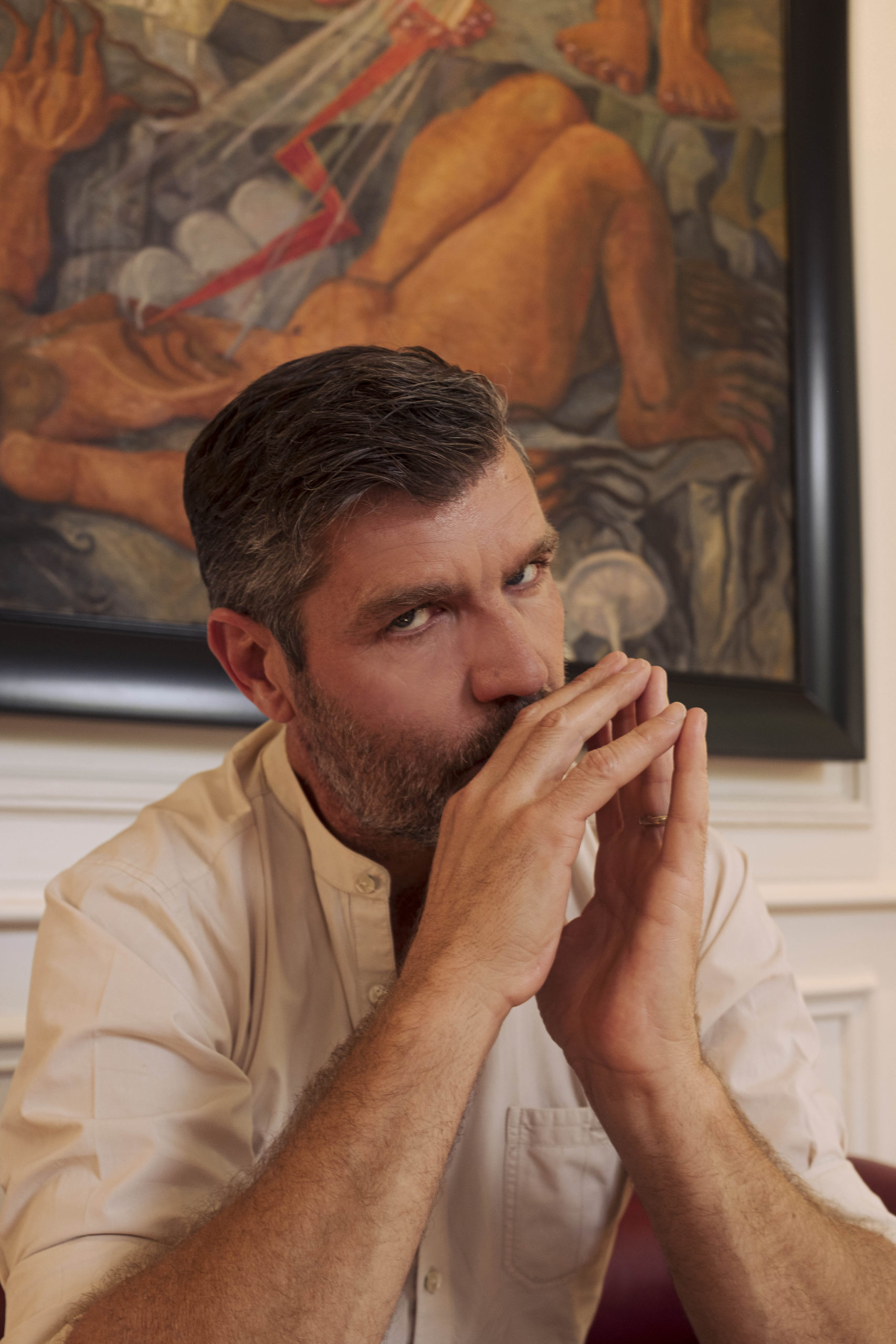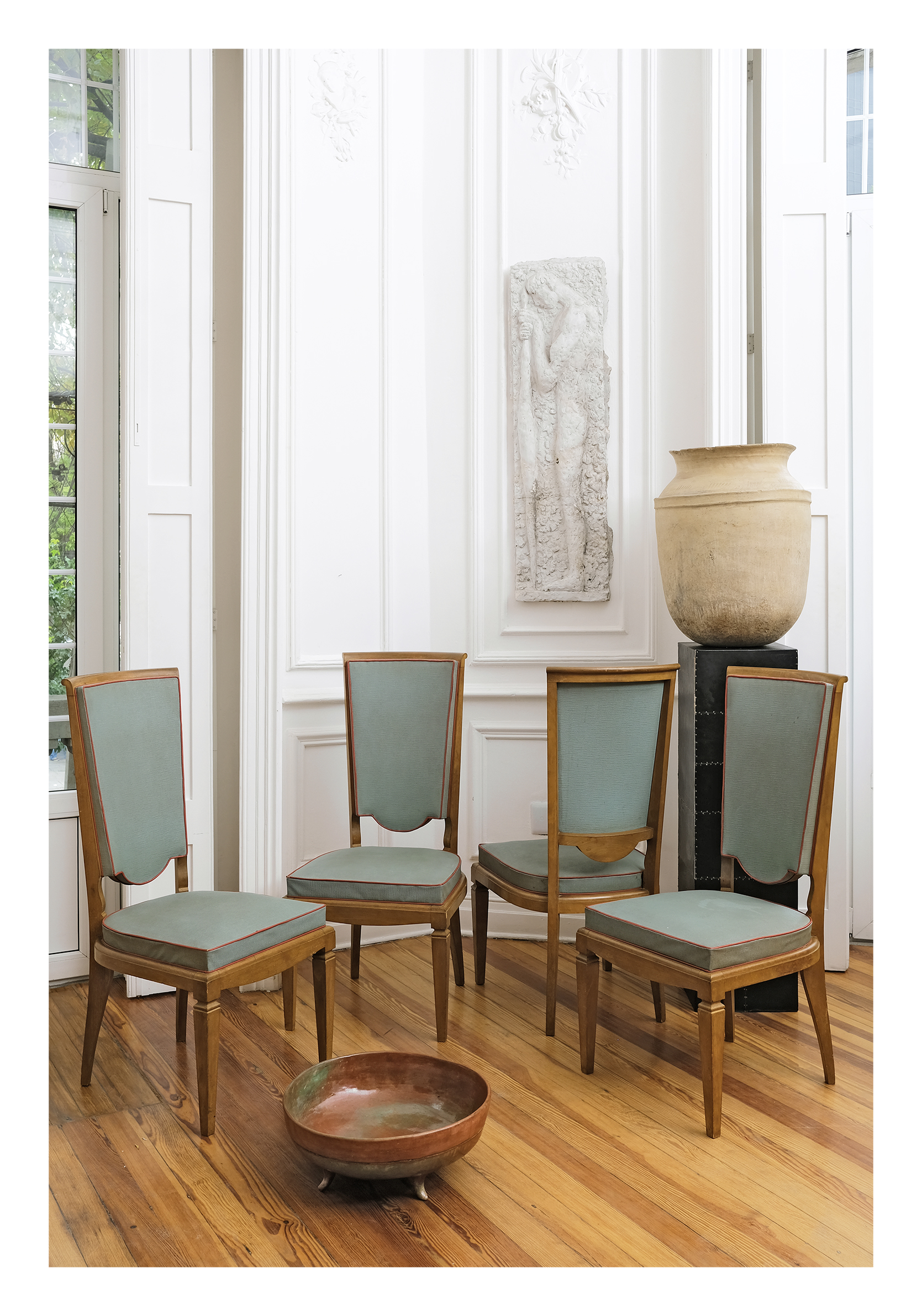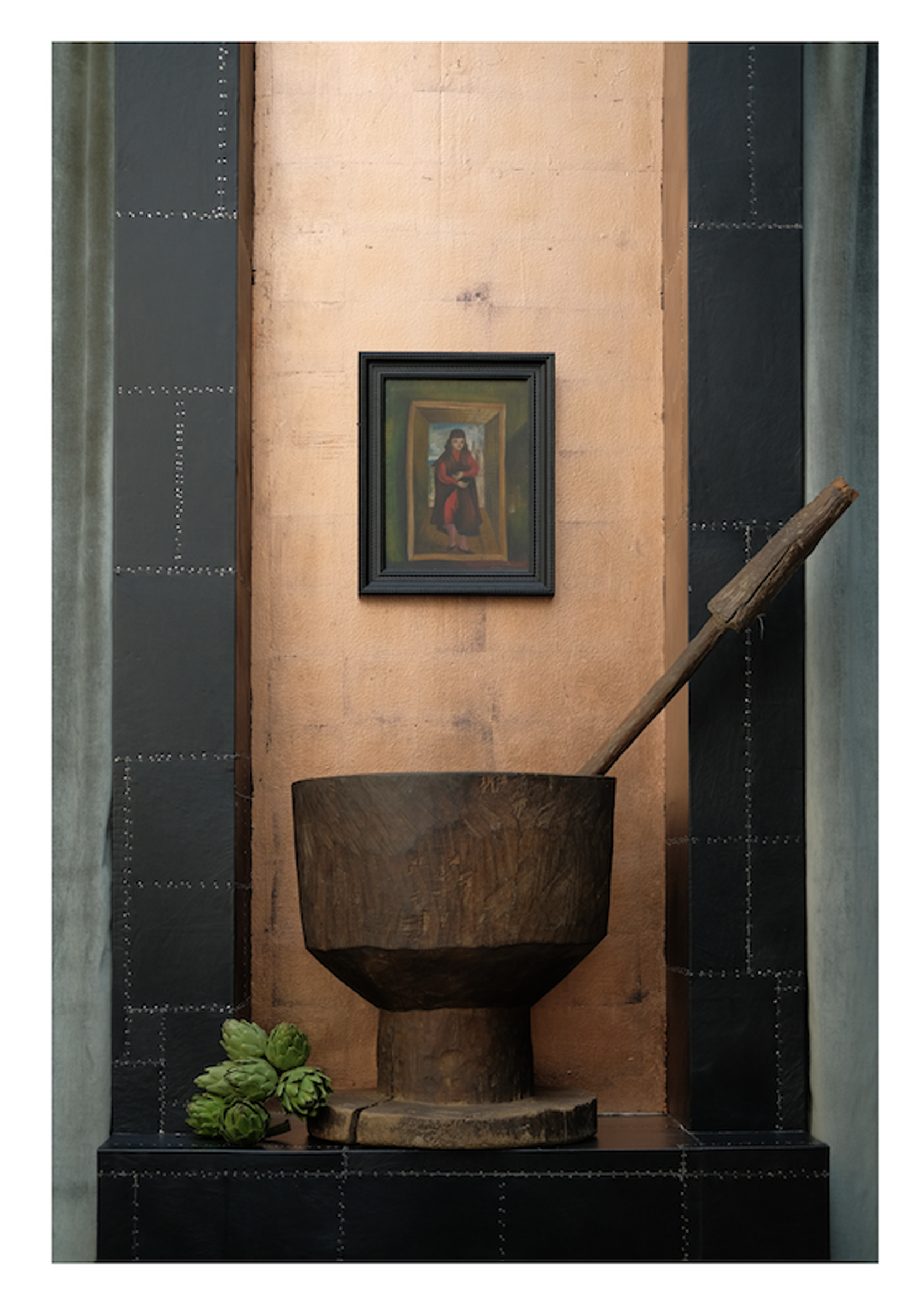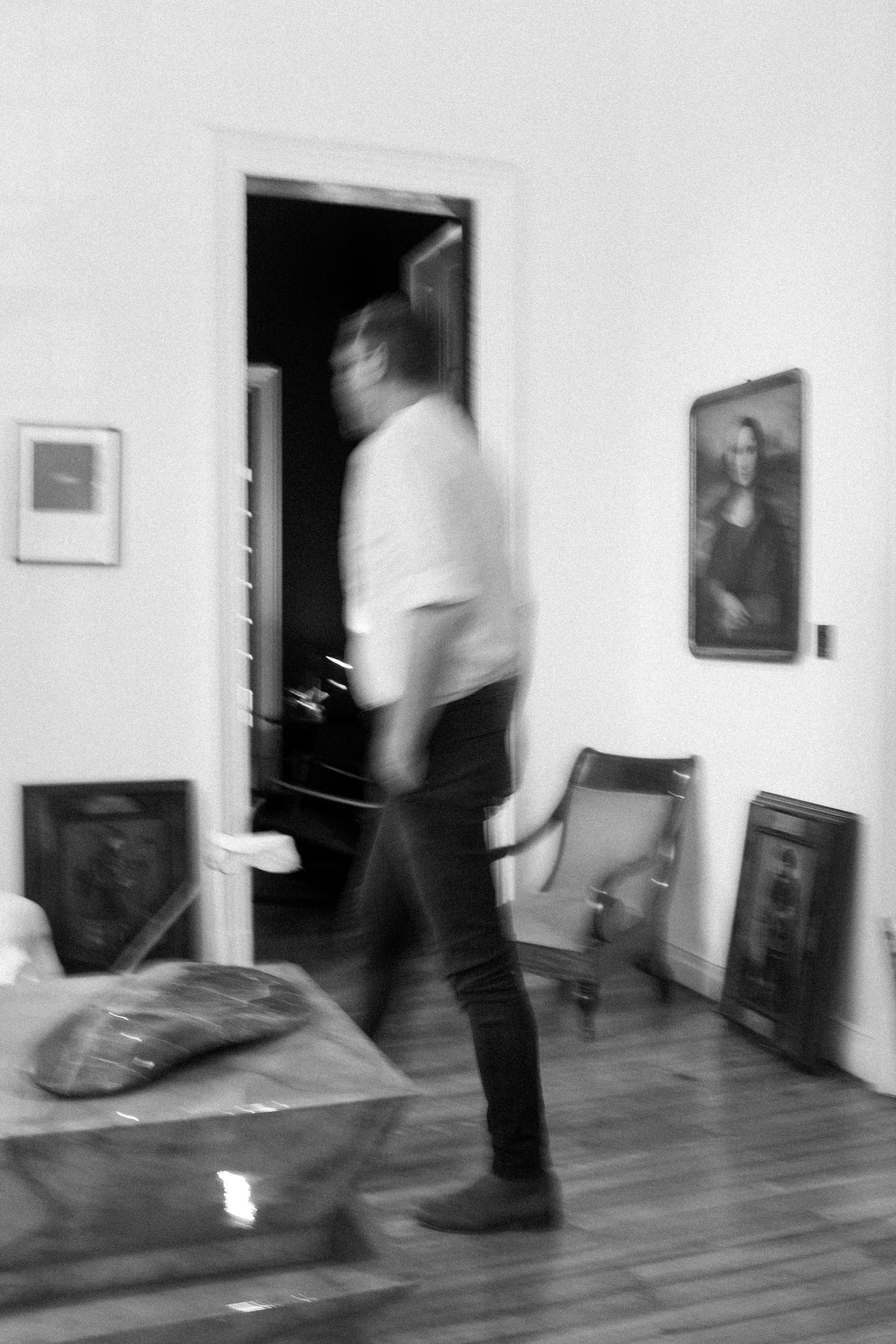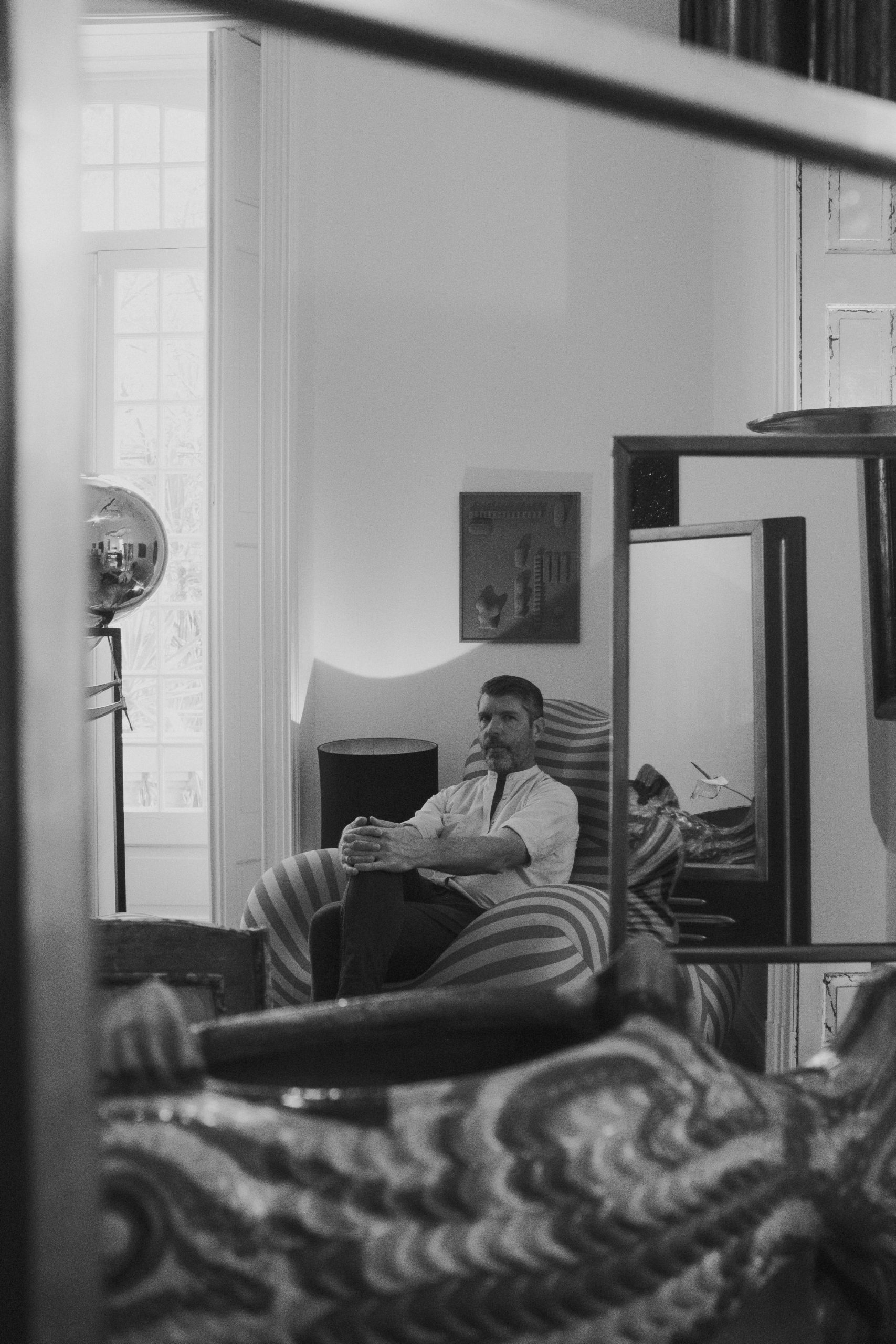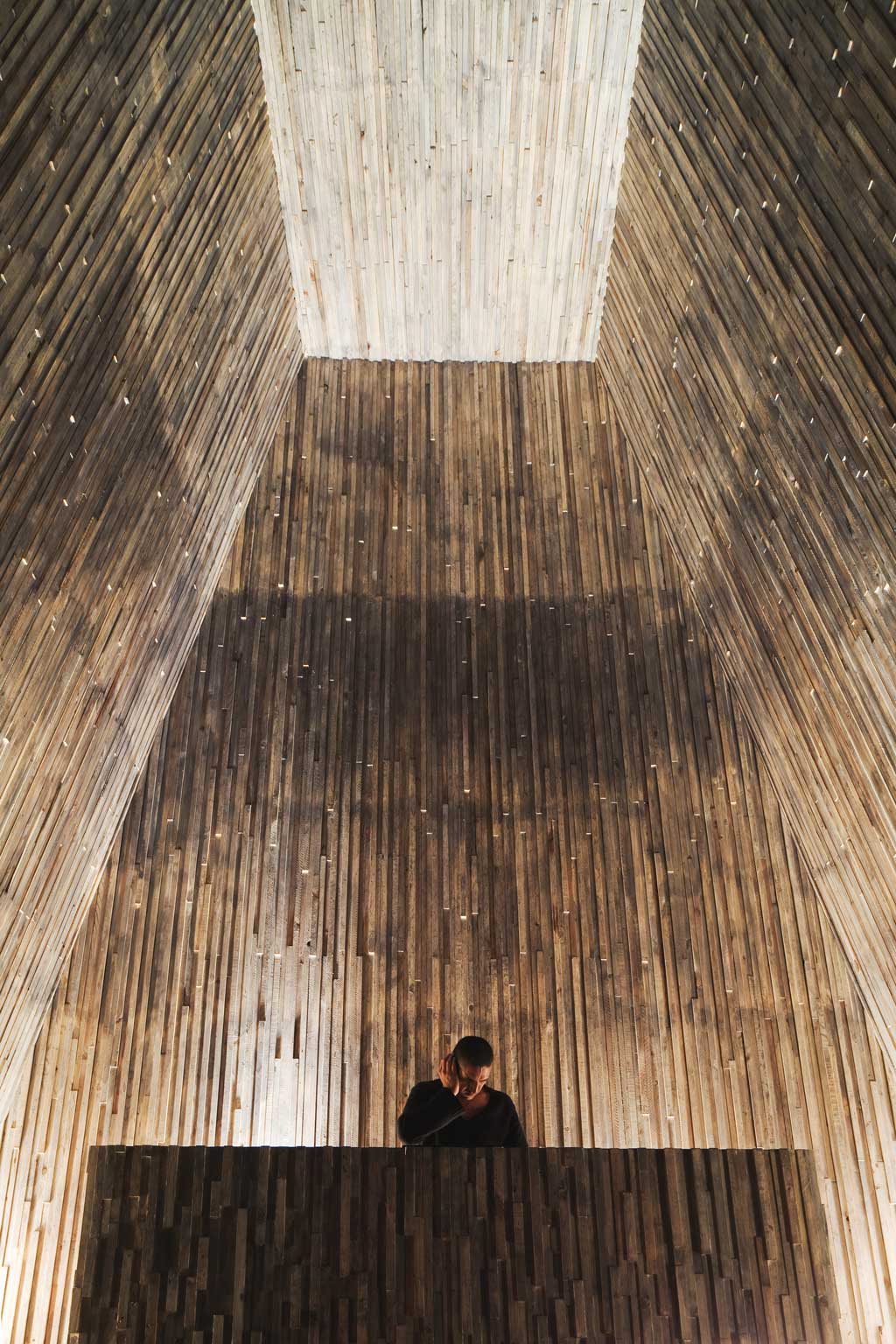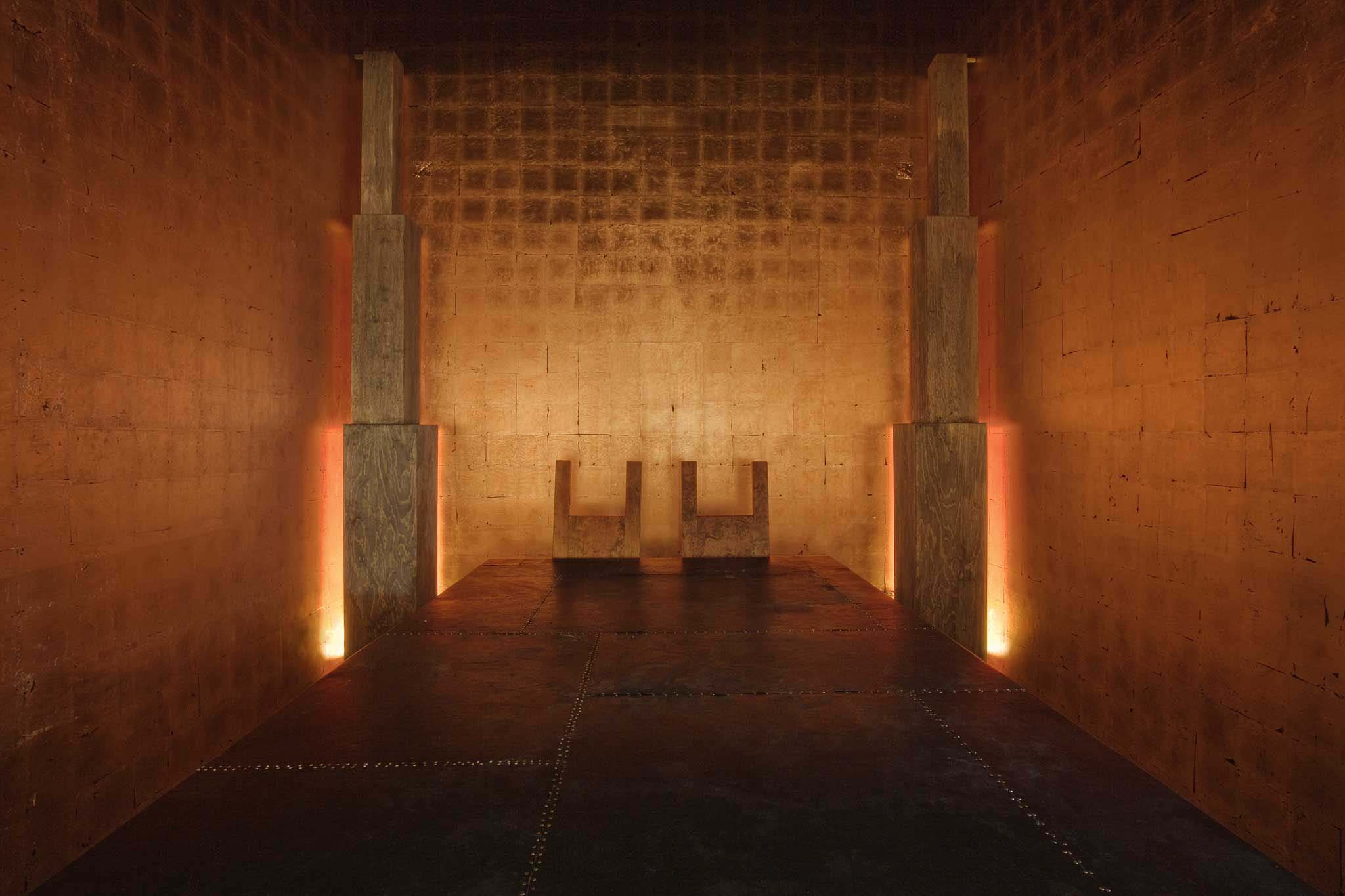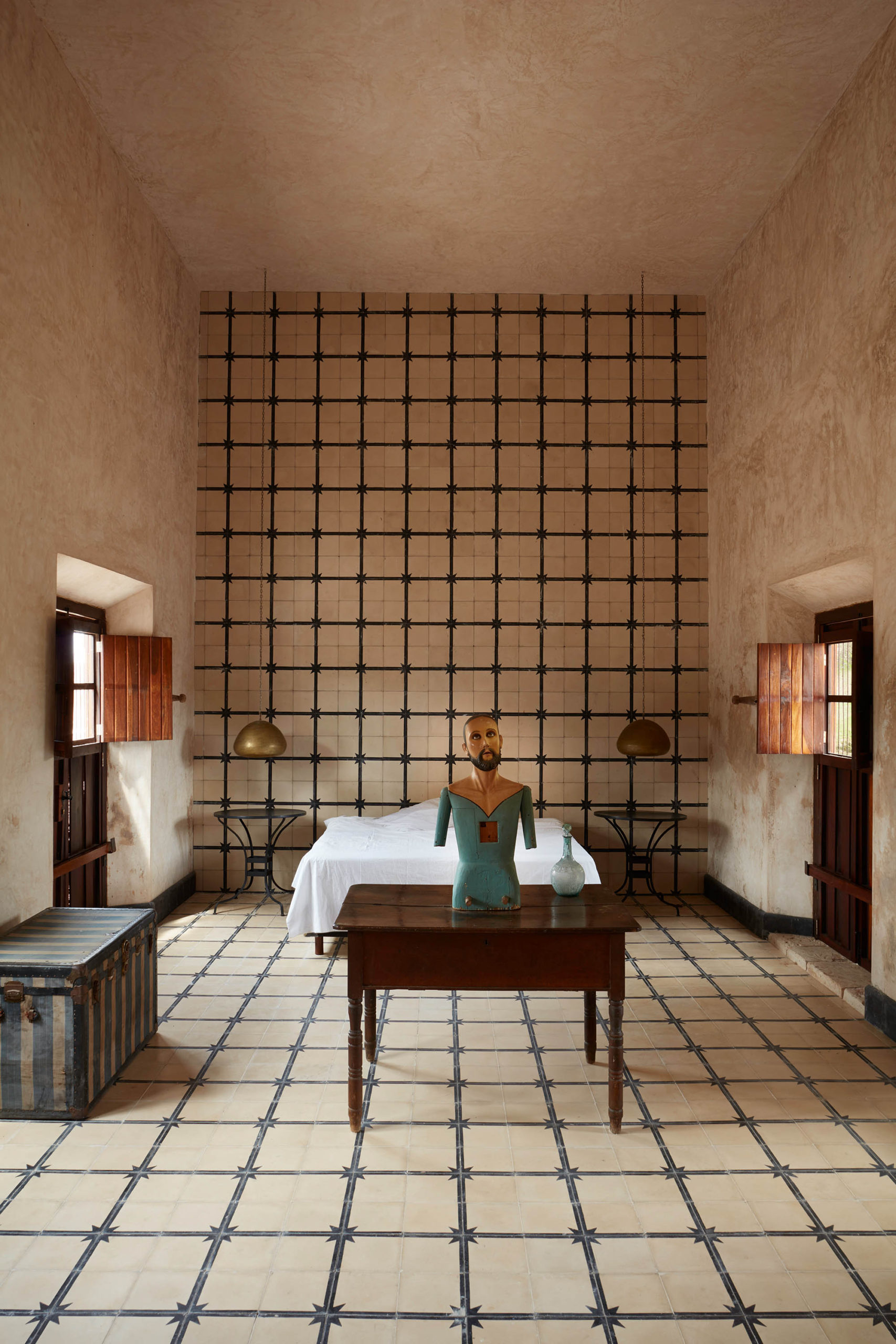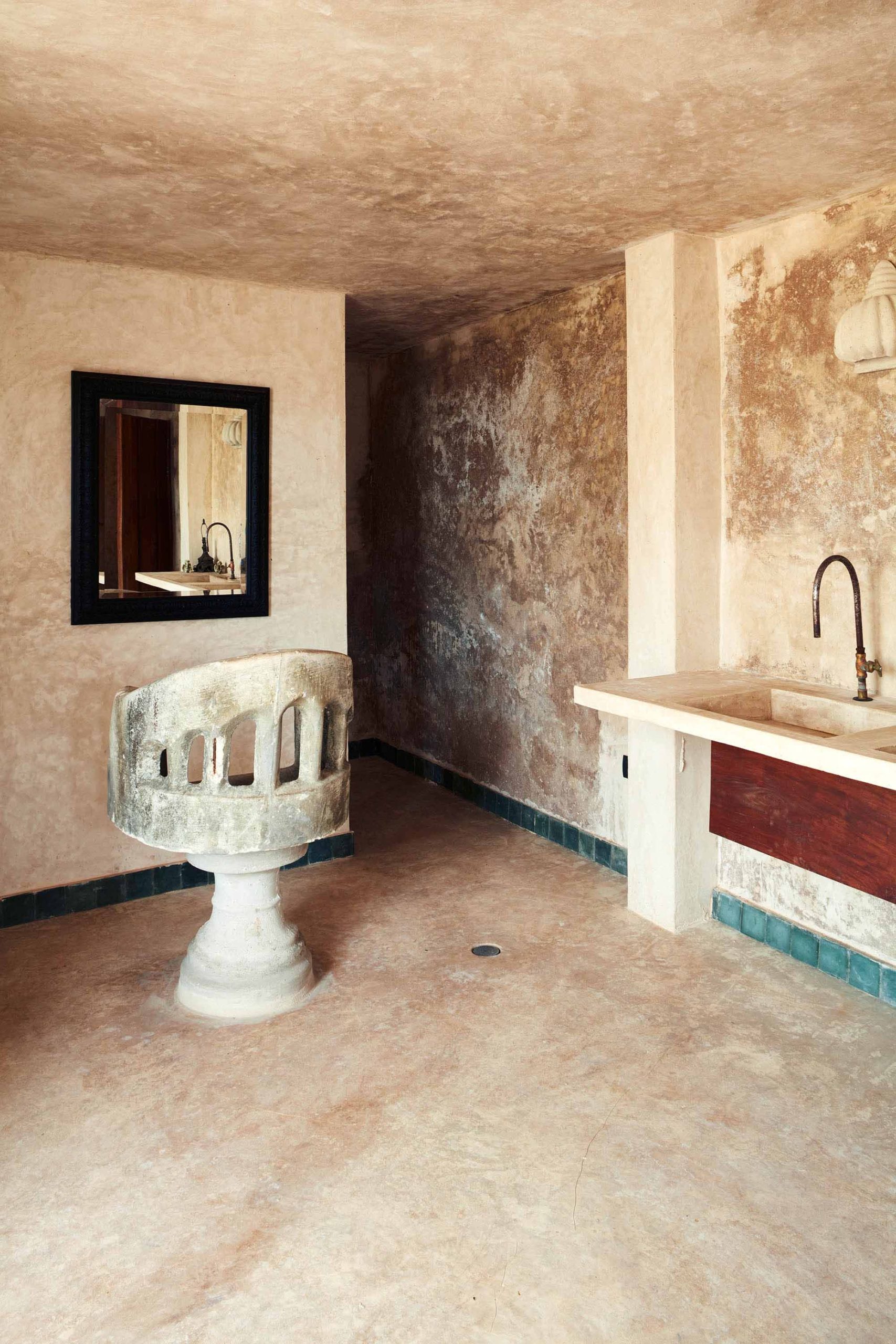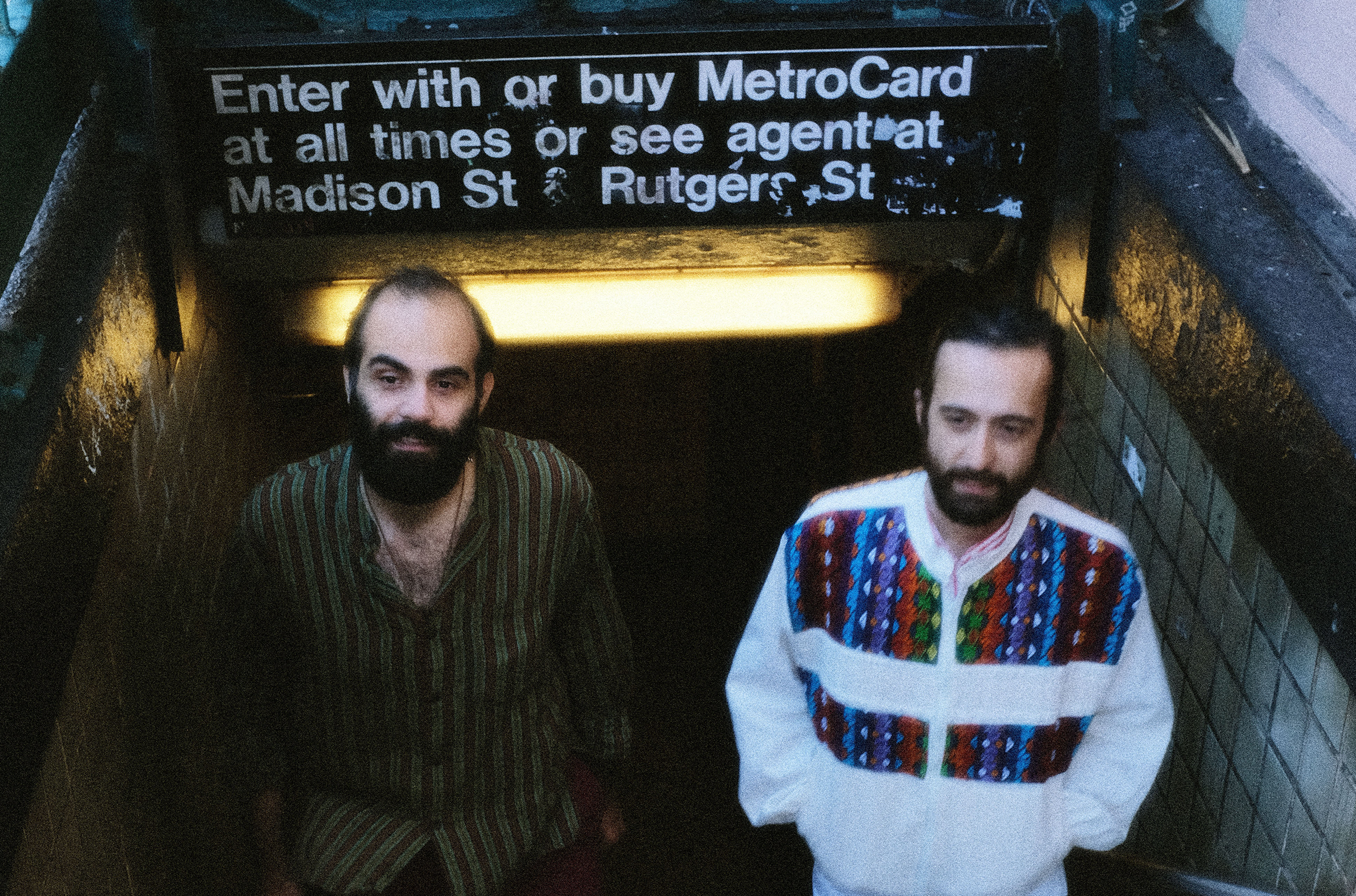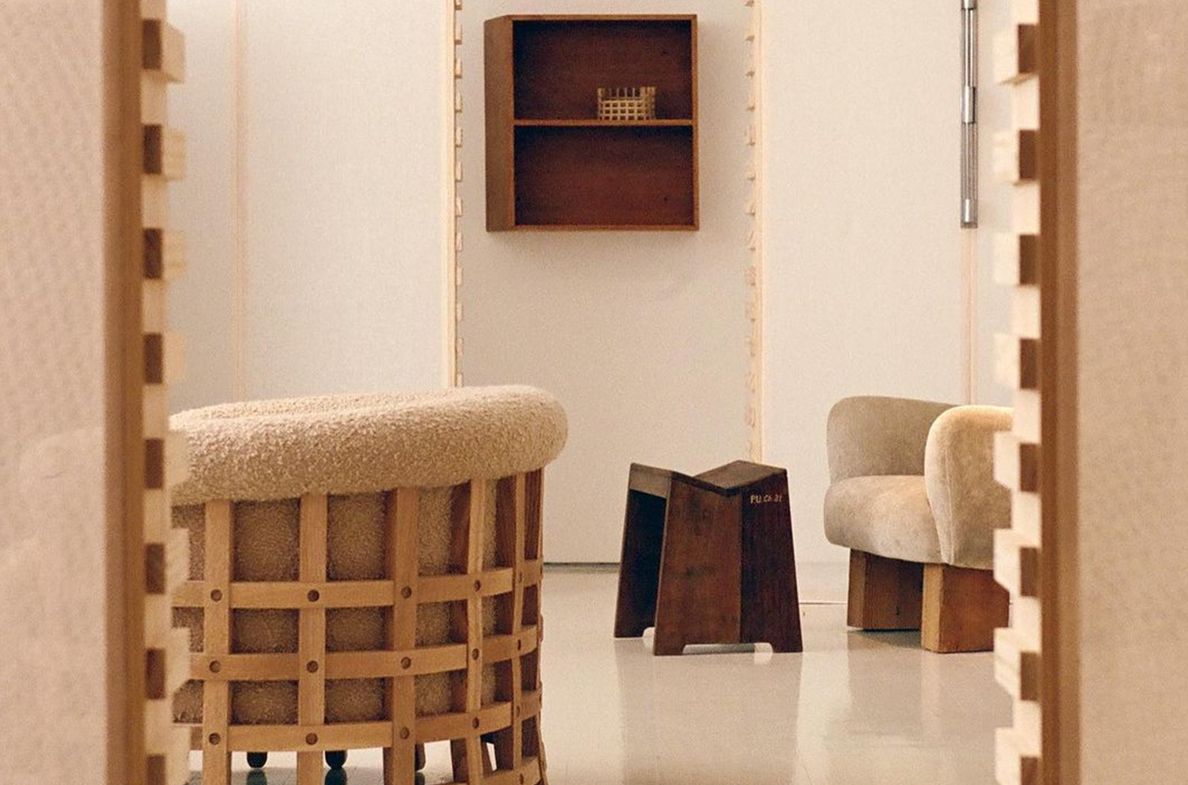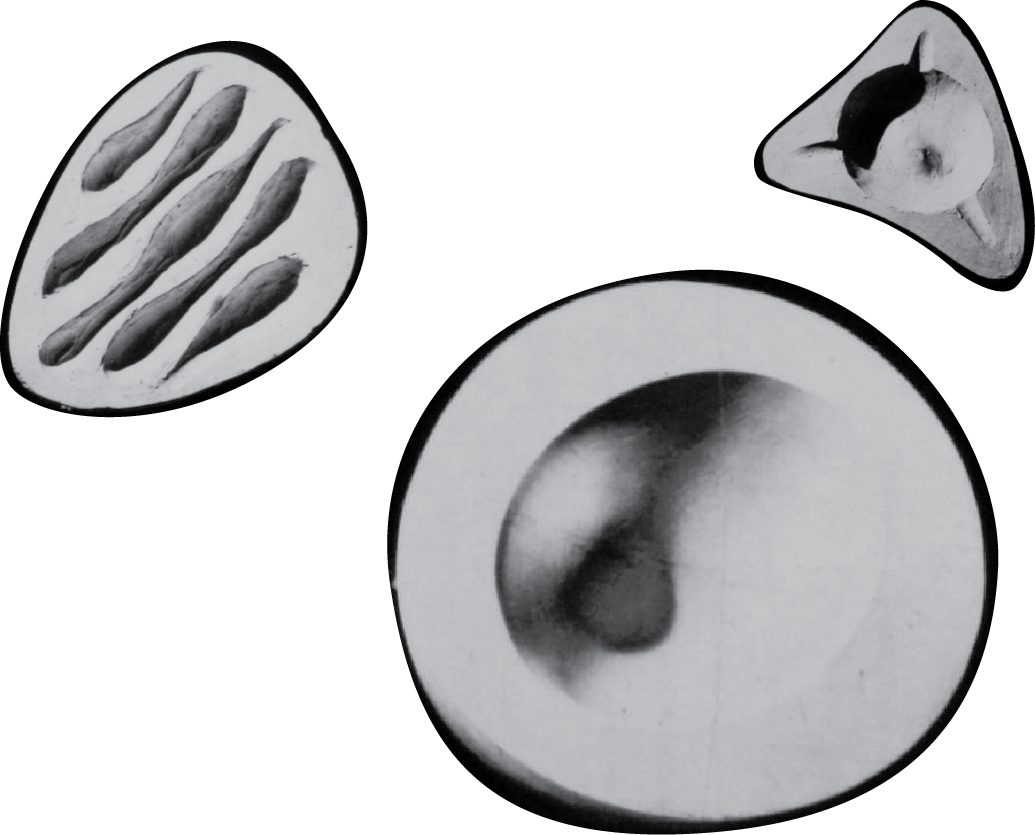THE CHAOTIC, ECLECTIC AND PROFOUNDLY IMPERFECT QUEST TO FIND BEAUTY: CHIC BY ACCIDENT TURNS TWENTY
Photography by Liz Zepeda, Rory Gardiner, Fernando Etulain, Tom de Peryet, Ramiro Chaves, and Marie Taillefer.
Courtesy of Chic by Accident with special thanks to Juliette Frey
I bought my first piece of furniture when I was 23, at Chic by Accident. Before that, I had lived with custom built-ins and a handful of hand-me-downs, subject to my parent’s taste: a peculiar combination of family heirlooms, aggressively textured walls, Early American from Ethan Allen, and 1990s Hacienda Revival. Life was heavy. I, on the other hand, gasped for some air, and dreamt of Donald Judd and Arthur Elrod and Julius Shulman. I imagined moving out of my parents’ house and moving into some downtrodden deco apartment building on Eje Central or Insurgentes Norte or Av. Revolución. I wanted to work the night shift as a waiter at a café chino, live off of french fries and milkshakes, and own nothing but a bathtub and black underwear and an unmade bed and a beautiful chair.
I spotted the beautiful chair one day peeking through the huge window of a tiny shop on the leafy Calle Colima, in Colonia Roma —which back then was nothing but a charming, ruinous neighborhood that no one gave a fuck about—. Inside, a tall, dashing man was emptying boxes of strange objects and setting them up on shelves. I asked if I could take a peak, “Ouai ouai, pásale. Apenas abrimos.” Of course he was french. I paid for the beautiful chair at a hefty discount, with my first full 6-month underpaid architecture office intern salary, and felt overjoyed to fulfill the first step of my fantasy.
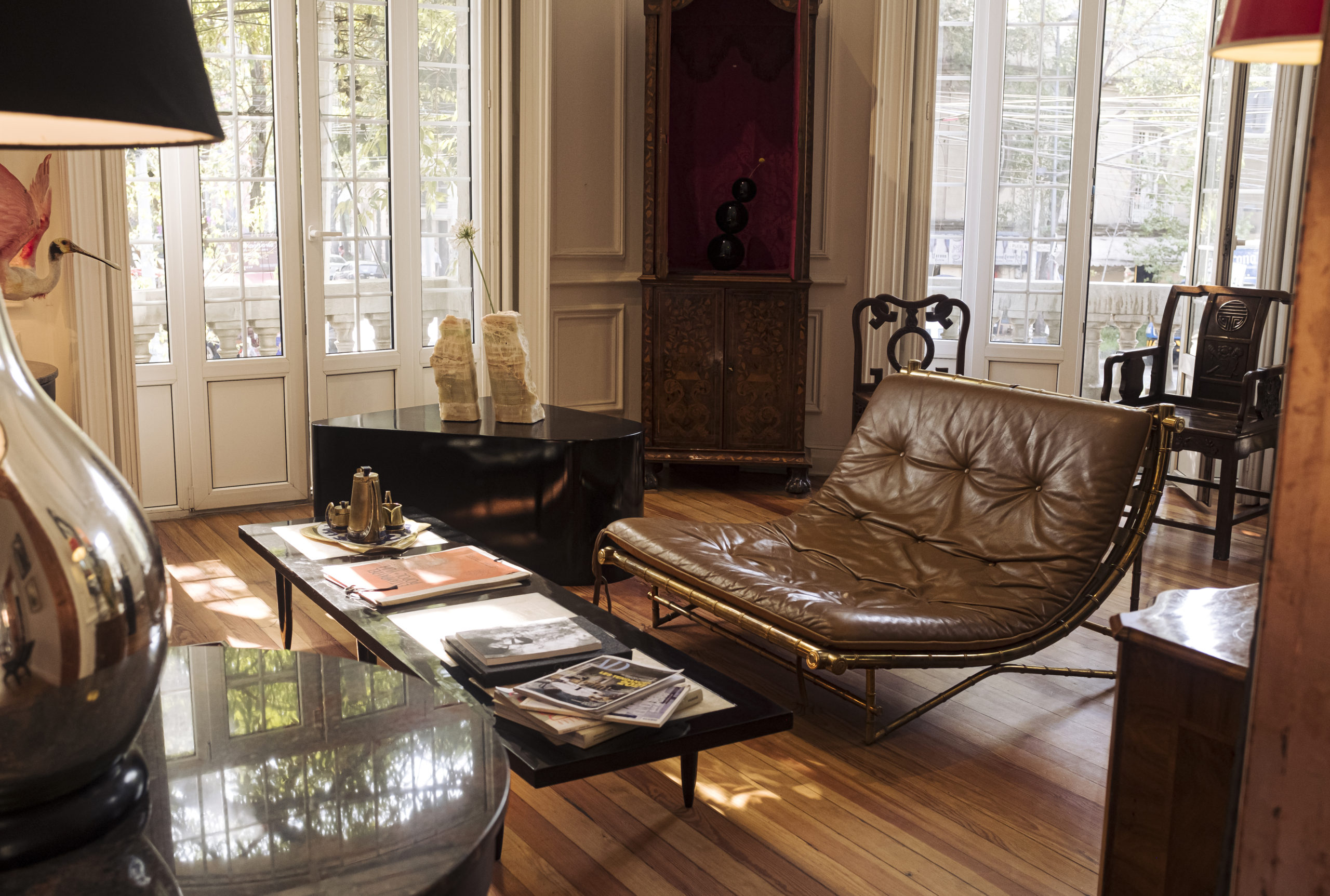
CHIC BY ACCIDENT GALLERY 2021. PHOTOGRAPHY BY LIZ ZEPEDA.
Emmanuel Picault has been fulfilling many a fantasy through Chic by Accident for 20 years now. Fantasies and happy accidents are a big part of his own story. As a boy in Normandy he daydreamed of México: Aztec pyramids and Mayan jungles, ancient treasures and wild adventures. “México was my desire, not my dream. México was the opposite of a dream. When I was little, my parents asked me what I wanted to be when I grew up. I said I wanted to be Mexican.” When he turned 18, he booked his first trip and in the late 1990s, after stints in France and California, he decided to move to México. “The moment I landed, I longed to know more, to go deeper, to discover other faces of Mexican culture. It wasn’t all at once, but more like weaving my connection to this place.” In 2001 he founded Chic by Accident, a testament to his love of México and his love for unique objects and spaces.
The unexpected treasures he found in México were different than those he had dreamt up as a boy: gilded ironwork, exotic woods, fine leather, neoztec fiberglass decorative screens, handcrafted ceramics. A modernist El Dorado of exuberant aesthetics and long-forgotten deities, like Don Shoemaker, Arturo Pani, Clara Porset, Eugenio Escudero. “I wanted to shine a new light back on something that was already there, and had been luminous. But for some reason it had been tarnished for decades. I just rekindled the fire, pointing back in that direction, with a resounding reaffirmation of its value in the history of design.” The mix of high and low, the celebration of the more is more spirit of México, the unabashed sensuality and dark dashes of humor: all that Chic by Accident embodied was a serious departure from the dry, grey, clean, imported rationalist modernism that was the standard of taste for local architects and designers at the time. Another unexpected gem Emmanuel identified was Colonia Roma. Settling down in the mansion-studded, tree-lined boulevards of la Roma was a natural fit: the neighborhood resembled an unmanicured, anomalous version of Paris; as if Paris had been struck by an 8.1 Richter scale earthquake and a permanent tropical heatwave. “When I found la Roma, I found myself.” It was the perfect spot to sell Chic by Accident’s particular brand of beauty: accidental chic. “Beauty is not one, but many. There is beauty in a run down facade or a decadent neighborhood, or in an abandoned hacienda in Yucatán… we observe beauty in what we find on our own.”
“Beauty is not one, but many. There is beauty in a run down facade or a decadent neighborhood, or in an abandoned hacienda in Yucatán… we observe beauty in what we find on our own.”
This chaotic, eclectic and profoundly imperfect quest to find beauty spilled out from the shop to Emmanuel’s very first commissioned interiors. Beauty with an equal amount of grit. My next encounter with Chic by Accident was in a half glitzy half dingy underground nightclub in the totemic Edificio Ermita: El Galaxie. There was nothing like it in the city. It catered to the queer crowd before we even had a word for it, playing 90s dance tracks way before they were cool again, a poorly-ventilated micro-paradise for a motley crew of nascent fashionista and party scene starlets: flash snapshot blogger protoinfluencers like Diario de Fiestas’ César Arellano, Zemmoa when she still dressed-up as a nerdy boy, Marvin y Quetzal wearing home-stiched garbs. All of us crowded on purple velvet custom seating, under a massive blown glass mushroom cloud chandelier. The Galaxie marked the premature birth of a scene.
“I imagined Chic by Accident as a surprising territory, inhabited by chairs, tables, and lamps, but corresponding to a personal search for a way of living. I refuse to call it a lifestyle. It is more a way of being with one’s surroundings, one’s friends, one’s neighbors. I wanted to create a surprising narrative around decorative arts and architecture and the history of taste in México. That required demystification, proving that design was not exclusively European. That was pretty difficult to do at the time. Not difficult for me to see, but to convince others. There was quite a resistance to this idea,” Emmanuel recalls.
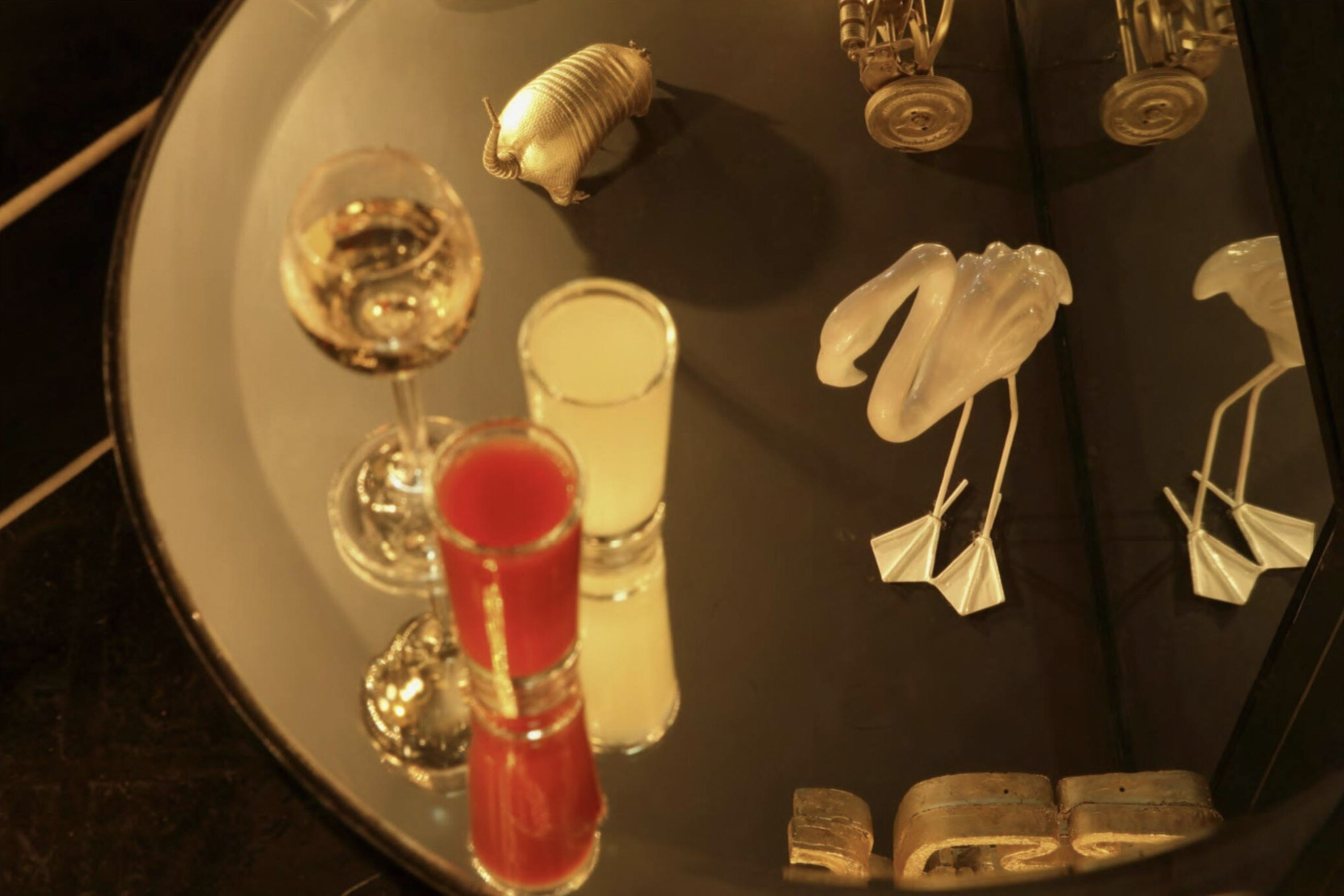
BAR CLUB REVES, PHOTOGRAPHY BY RAMIRO CHAVES.
A more monied and mature version of that space gave Chic by Accident its first big break internationally, when Picault’s Bar Club Revés in Polanco, wrapped in black velveteen and dimmed-down brass light fixtures, earned him a Wallpaper magazine design award in 2007. It was a different nightclub that propelled Picault on the global stage —and to a certain extent, even la Roma México City along with him—. The M.N. Roy club was named after the founder of India and México’s communist parties, who once occupied this grand old casona on Mérida street, that Picault converted into a party temple-dash-neoaztec-pyramid-dash-spaceship that seemed ready for takeoff. “Roy wasn’t about the aesthetics, but about a simple idea. The investors wanted to attract the best djs in the world to México City. So that’s why we decided to focus on the dj booth, to create this crazy temple-like booth, as if the dj was the head priest of the party. One by one, djs started talking about it, from New York to London to Berlin, about how amazing playing in that space felt. That was a purely spatial decision, not an aesthetic one: who deserves the best space? That is what makes it.”
M.N Roy came at a time when México City was erupting onto the global culture scene: cracking out of its shell in art, architecture, food, fashion, design, literature and music, with multiple bangs. “Suddenly we had the Jumex collection and Contramar. Elena Reygadas returned from London and did her weekend suppers at Rosetta. It was a machine gun round of proposals, all of them at an amazing fucking level. People didn’t have to be embarrassed of being from México City anymore. You didn’t have to pretend you were from L.A. or Monterrey. It was a boom, a critical mass.” The waves of tourists and expats came shortly thereafter, and Emmanuel found a way to cater to them as well, with his ultra-boutique, Instagram-ready La Valise hotel, including a lobby swing and a bed on rails you could push out to the terrace, to sleep or do whatever else you fancied al fresco. “México City has become a very touristy and cosmopolitan place. People flying in from New York City to spend a weekend here is a totally new thing. It wasn’t like that back then. I don’t feel any melancholy for that México of yesterday, but I’m happy that I’ve seen and lived through the changes. Not only skimming on the surface, but really diving into the complexities of an immense, complicated place that really didn’t have the codes of an international city, but that caught up at an astounding pace.”
And when it all started sizzling, he decided to close up shop. In 2016 he decided to shut the door of his gallery to pursue a career in architecture. “I had been at the gallery for 15 years and I got the itch to do architecture. The problem was that the only architecture commissions I had at the time were interiors. Right after M.N. Roy I was asked to design a club in Paris (Nüba) but I felt I was going to be pigeonholed as the guy who designs clubs. I wanted to learn —or at least to dare— to do architecture. I had experimented with my own house in Santa Catarina, but it wasn’t enough for me.”
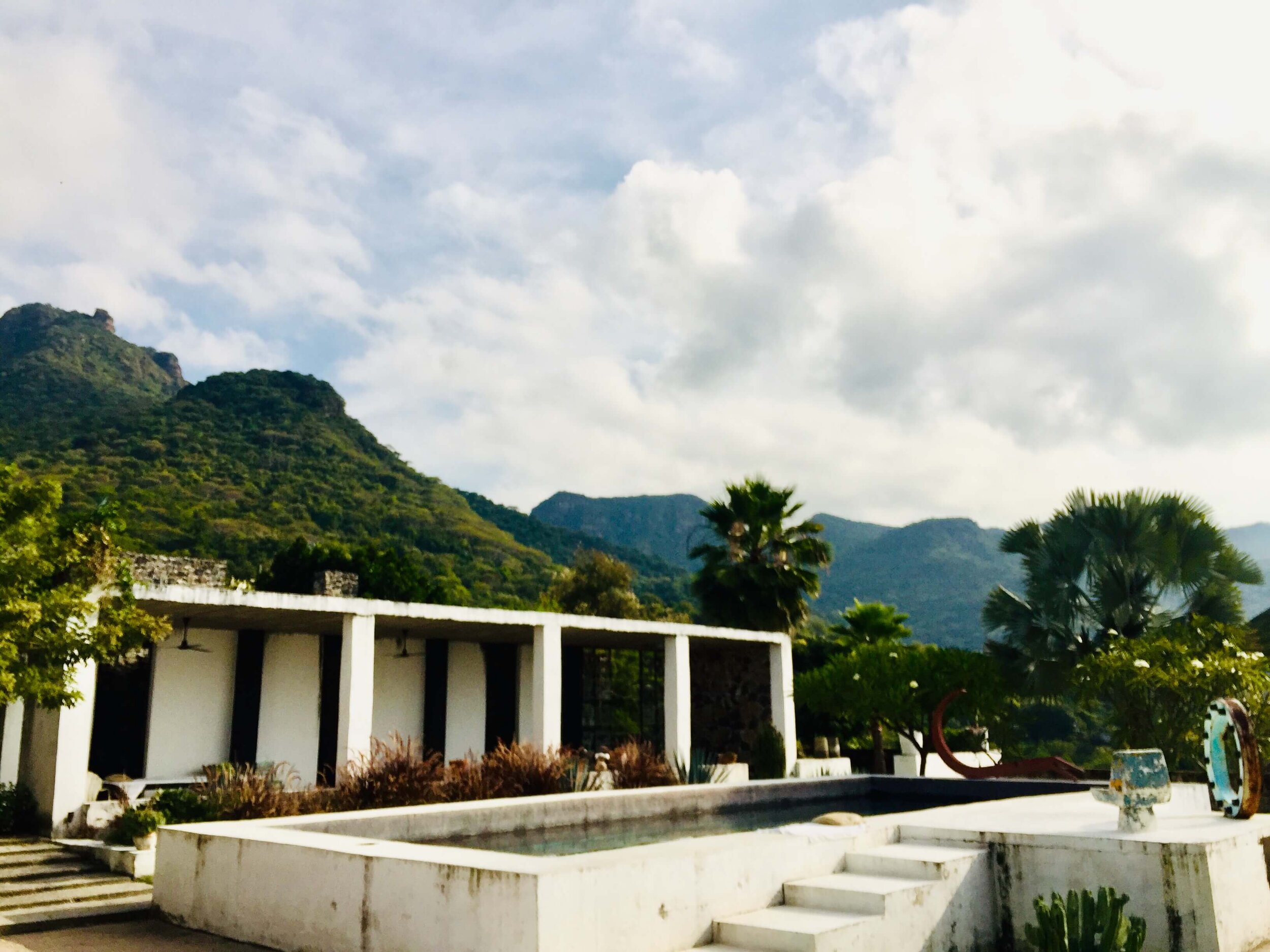
CASA SANTA CATARINA, 2015 AND ON-GOING, MORELOS, MÉXICO. PHOTOGRAPHY BY EMMANUEL PICAULT AND MARIE TAILLEFER.
Like Luis Barragán used to do, Picault built his Santa Catarina getaway spot with a freestyle, no-plans, ‘bit by bit, build a wall and tear it back down again if it doesn’t work’ attitude and design philosophy. A true dream house, a built piece of spatial theater and fantasy and escapism, free of doors, open to wilderness, akin to ruin, permanently in progress. During those years Picault had found his match in former partner and fellow northman Ludwig Godefroy. Together they embarked on a number of audacious, neobrutalist residential and commercial projects. For Emmanuel, turning to architecture was not about denying his love for objects or his past as a dealer and antiquarian, but more a natural extension of it. “It’s not that I’m fascinated by a lamp. But I’m fascinated when I see a lamp, and I realize it is giving the right light for the right space. I’m not impressed by the lamp itself, but the way it can accompany our needs. If someone tells me they’re a book lover, I swear I will find them the best reading lamp and the perfect reading chair to spend five hours a day reading. The lamp will be gorgeous, of course, but, trust me, it will be perfect for reading.”
So much was that extension natural, that in 2019 Picault reopened Chic by Accident in a new space and recently came into his own full-fledged architecture practice with the jaw-dropping Casa Bernal residence. “Chic by Accident was the result of an intuition. When you pay attention to an intuition and dedicate time and effort to it, it becomes your craft and your calling.” So how does Chic by Accident feel at 20, looking back and looking forward? “I think very little about the past, it’s not something that I dwell on every morning when I’m taking a shower. I just know who I am, and that part of it is what I’ve done. Speaking of the future, my future is just as uncertain as my present. It lies in this territory we call creation, and therefore, I cannot predict any future, except for trying to do my best work, being a good friend, a proper gentleman. The only thing I know is that we are opening Chic By Accident in Paris in the fall, with a European focus, but with the same vibe of the space in México, the same element of surprise. That is as far as the future I picture goes: about 6 months.”
His only certainty is that his love and fascination for México remain, slightly altered, but strong. “Many people used to ask me, but why would you live in México? And it was difficult to explain why at the beginning. Today, my fascination for México has changed: it is at the same time an archeological quest and an evolution. Nothing seems obvious or figured out. There is clarity about what I want to offer and share.That is why I reopened the gallery. But, everything is part of a work in progress. Precariousness is a vital part of life in México. We live on a land that moves, facing hurricanes and violence, corruption and beauty, sunrises and decadence. Facing a future. That is why I want to stay in México. If 20 years from now all this sense of possibility disappears, I swear I’m buying a damn plane ticket, and flying back to my village. But that hasn’t happened yet.”


